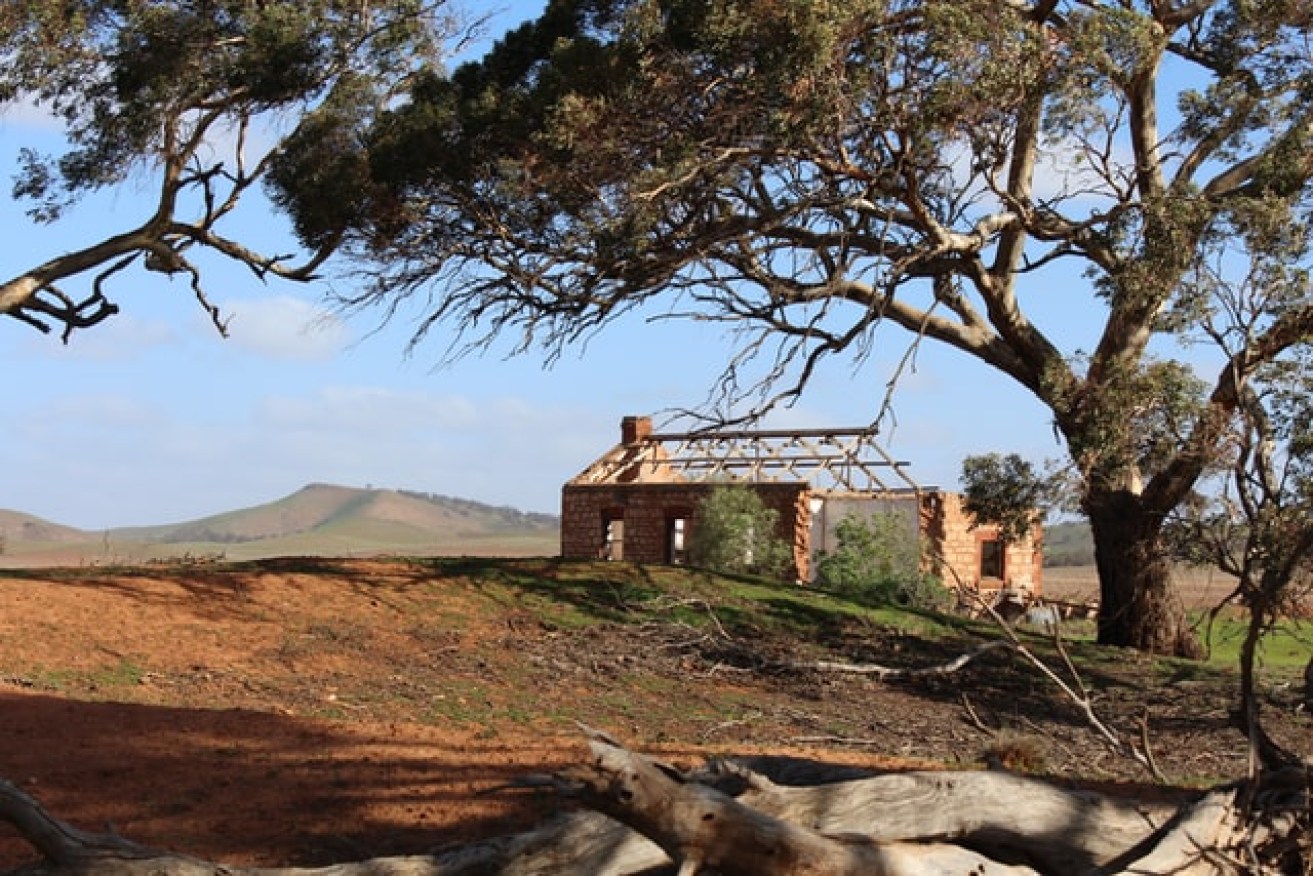SA farmland values rise for the sixth consecutive year
Australian farmland prices have seen their highest growth in 27 years with land values increasing by 20 per cent in the past year, according to a Rural Bank report released last week.

Photo: Charles G
The Australian farmland value report which analysed data from 1995 onwards found the median price of rural land grew for an eighth year straight in 2021, a total of 123 per cent since 2014, and now sits just above $7000 per hectare.
The report found farmland transactions in 2021 equated to a record total of 10.8 million hectares of land traded and a record high combined value of $15.6 billion.
Senior agricultural analyst at Rural Bank Michael Curtis said the sales represented a 22.5 per cent increase in the number of transactions over the year.
The hectares of Australian farmland sold in 2021 equates to an area larger than a country the size of Portugal.
“That’s partly due to farmers that would have held on rather than selling during the drought period of 2018 and 19,” Curtis told AAP.
He said farmland values have grown at a slightly faster rate than the house market over the past 18 years.
“We’ve seen residential property prices in Australian capital cities grow at about 5.4 per cent per year and that compares to Australian farmland which is increasing at about 8.4 per cent over the same period,” Curtis said.
Western Australia, Queensland and Victoria all recorded growth of more than 30 per cent in the median price per hectare in 2021, while growth was more modest in South Australia, Tasmania and New South Wales, and the Northern Territory recorded a decline.
South Australia saw farmland values rise for the sixth consecutive year in 2021, with the state recording a 8.4 per cent increase.
“This demand has been driven by the low interest rate environment, rising commodity prices, and strong production throughout the state, along with farmers’ increased appetite for expansion,” said Neil Verringer from Rural Bank in Adelaide.
The growth in median price per hectare was driven by the outer regions of South Australia, compared to 2020, where the more central regions drove most of the median growth.
The total number of transactions across South Australia rose by 14.9 per cent to 785, which is slightly above the five-year average of 756 and the highest recorded transaction volume in the state since 2017.
State-wide transaction volume rose for the first time since 2017, with a significant increase of 64.2 per cent in transactions over $10,000 per hectare.
An estimated 247,880 hectares of land was traded within South Australia during 2021, which is an increase of 19 per cent on 2020 and the largest traded area since 2018.
Within South Australia, the Eyre Peninsula region saw the biggest price growth of 30.2 per cent, while the South-East region recorded a nine per cent rise.
However, the Adelaide and Fleurieu region and Yorke and North region both saw declines.
The Adelaide and Fleurieu region saw a decline of -7.7 per cent, but despite the drop, price trends within the region were strong.
Lower priced municipalities, particularly on Kangaroo Island, were the driving factor behind the decline in the region.
The Yorke and North region recorded an 8.7 per cent decline as a rise in transactions throughout the Far North region pulled the median lower.
Despite the drop, values remain healthy, with strong livestock prices supporting demand and driving prices higher in the sough-after Yorke Peninsula and Lower North.
It is expected farmland prices in South Australia will continue to trend higher throughout 2022.
Principal and Rural Specialist at Raine & Horne Strathalbyn Paul Clifford said that he expects the trend to continue as the popularity of country living has risen since COVID-19.
“People are wanting more space and an area of self-sufficiency. So, that’s what is making the demand strong,” Clifford said.
“For existing landholders, their equity has increased exponentially, whether it’s 20 per cent or 30 per cent. So, that’s good for those who are already in ag, and in that space… But the flip side is that anyone trying to make a start in ag it is so difficult.
“At the moment, grain prices, beef prices, lamb and mutton prices are at all-time highs, and that has given people the confidence to expand.”
Clifford has also seen a growth in the number of pastoral people and people looking to retire or semi-retire with land coming into the Fleurieu Peninsula.
The farmland values report found favourable conditions for farmers had been driving prices higher.
“Corporates, family farmers, life-stylers and tree-changers are all fuelling competition across the various property market segments,” said Rural Bank’s general manager of sales partnerships and marketing Simon Dundon.
But Dundon said there were signs of buyer caution beginning to emerge.
“The prospect of higher interest rates and margin challenges from higher input costs could dampen demand and slow the rate of growth in property values.”
“The strong rise in values in recent years will make some properties unaffordable for a number of farmers – and unviable as stand-alone operations, which should not be ignored, as it acts as a barrier to new entrants to the industry.”




